HSBC 2010 Annual Report Download - page 140
Download and view the complete annual report
Please find page 140 of the 2010 HSBC annual report below. You can navigate through the pages in the report by either clicking on the pages listed below, or by using the keyword search tool below to find specific information within the annual report.-
 1
1 -
 2
2 -
 3
3 -
 4
4 -
 5
5 -
 6
6 -
 7
7 -
 8
8 -
 9
9 -
 10
10 -
 11
11 -
 12
12 -
 13
13 -
 14
14 -
 15
15 -
 16
16 -
 17
17 -
 18
18 -
 19
19 -
 20
20 -
 21
21 -
 22
22 -
 23
23 -
 24
24 -
 25
25 -
 26
26 -
 27
27 -
 28
28 -
 29
29 -
 30
30 -
 31
31 -
 32
32 -
 33
33 -
 34
34 -
 35
35 -
 36
36 -
 37
37 -
 38
38 -
 39
39 -
 40
40 -
 41
41 -
 42
42 -
 43
43 -
 44
44 -
 45
45 -
 46
46 -
 47
47 -
 48
48 -
 49
49 -
 50
50 -
 51
51 -
 52
52 -
 53
53 -
 54
54 -
 55
55 -
 56
56 -
 57
57 -
 58
58 -
 59
59 -
 60
60 -
 61
61 -
 62
62 -
 63
63 -
 64
64 -
 65
65 -
 66
66 -
 67
67 -
 68
68 -
 69
69 -
 70
70 -
 71
71 -
 72
72 -
 73
73 -
 74
74 -
 75
75 -
 76
76 -
 77
77 -
 78
78 -
 79
79 -
 80
80 -
 81
81 -
 82
82 -
 83
83 -
 84
84 -
 85
85 -
 86
86 -
 87
87 -
 88
88 -
 89
89 -
 90
90 -
 91
91 -
 92
92 -
 93
93 -
 94
94 -
 95
95 -
 96
96 -
 97
97 -
 98
98 -
 99
99 -
 100
100 -
 101
101 -
 102
102 -
 103
103 -
 104
104 -
 105
105 -
 106
106 -
 107
107 -
 108
108 -
 109
109 -
 110
110 -
 111
111 -
 112
112 -
 113
113 -
 114
114 -
 115
115 -
 116
116 -
 117
117 -
 118
118 -
 119
119 -
 120
120 -
 121
121 -
 122
122 -
 123
123 -
 124
124 -
 125
125 -
 126
126 -
 127
127 -
 128
128 -
 129
129 -
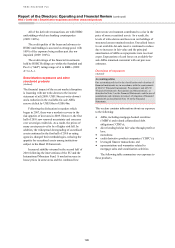 130
130 -
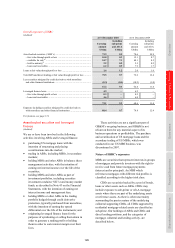 131
131 -
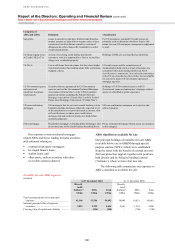 132
132 -
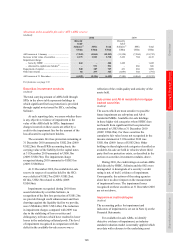 133
133 -
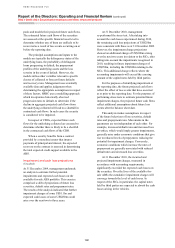 134
134 -
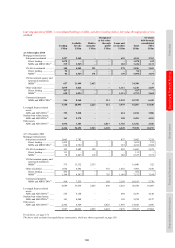 135
135 -
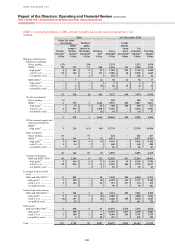 136
136 -
 137
137 -
 138
138 -
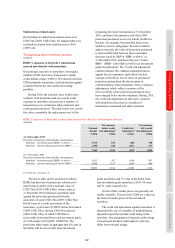 139
139 -
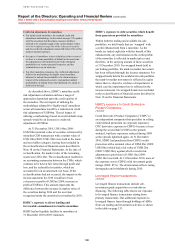 140
140 -
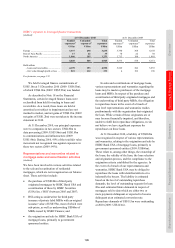 141
141 -
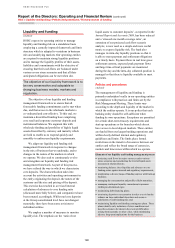 142
142 -
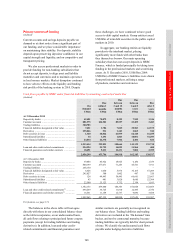 143
143 -
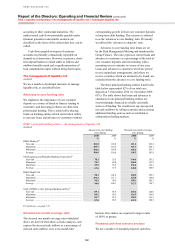 144
144 -
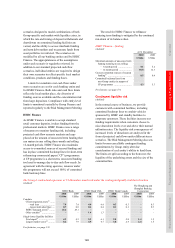 145
145 -
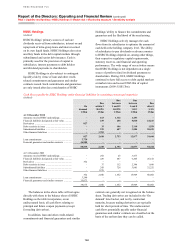 146
146 -
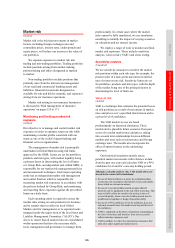 147
147 -
 148
148 -
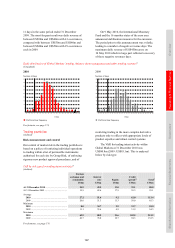 149
149 -
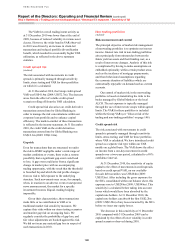 150
150 -
 151
151 -
 152
152 -
 153
153 -
 154
154 -
 155
155 -
 156
156 -
 157
157 -
 158
158 -
 159
159 -
 160
160 -
 161
161 -
 162
162 -
 163
163 -
 164
164 -
 165
165 -
 166
166 -
 167
167 -
 168
168 -
 169
169 -
 170
170 -
 171
171 -
 172
172 -
 173
173 -
 174
174 -
 175
175 -
 176
176 -
 177
177 -
 178
178 -
 179
179 -
 180
180 -
 181
181 -
 182
182 -
 183
183 -
 184
184 -
 185
185 -
 186
186 -
 187
187 -
 188
188 -
 189
189 -
 190
190 -
 191
191 -
 192
192 -
 193
193 -
 194
194 -
 195
195 -
 196
196 -
 197
197 -
 198
198 -
 199
199 -
 200
200 -
 201
201 -
 202
202 -
 203
203 -
 204
204 -
 205
205 -
 206
206 -
 207
207 -
 208
208 -
 209
209 -
 210
210 -
 211
211 -
 212
212 -
 213
213 -
 214
214 -
 215
215 -
 216
216 -
 217
217 -
 218
218 -
 219
219 -
 220
220 -
 221
221 -
 222
222 -
 223
223 -
 224
224 -
 225
225 -
 226
226 -
 227
227 -
 228
228 -
 229
229 -
 230
230 -
 231
231 -
 232
232 -
 233
233 -
 234
234 -
 235
235 -
 236
236 -
 237
237 -
 238
238 -
 239
239 -
 240
240 -
 241
241 -
 242
242 -
 243
243 -
 244
244 -
 245
245 -
 246
246 -
 247
247 -
 248
248 -
 249
249 -
 250
250 -
 251
251 -
 252
252 -
 253
253 -
 254
254 -
 255
255 -
 256
256 -
 257
257 -
 258
258 -
 259
259 -
 260
260 -
 261
261 -
 262
262 -
 263
263 -
 264
264 -
 265
265 -
 266
266 -
 267
267 -
 268
268 -
 269
269 -
 270
270 -
 271
271 -
 272
272 -
 273
273 -
 274
274 -
 275
275 -
 276
276 -
 277
277 -
 278
278 -
 279
279 -
 280
280 -
 281
281 -
 282
282 -
 283
283 -
 284
284 -
 285
285 -
 286
286 -
 287
287 -
 288
288 -
 289
289 -
 290
290 -
 291
291 -
 292
292 -
 293
293 -
 294
294 -
 295
295 -
 296
296 -
 297
297 -
 298
298 -
 299
299 -
 300
300 -
 301
301 -
 302
302 -
 303
303 -
 304
304 -
 305
305 -
 306
306 -
 307
307 -
 308
308 -
 309
309 -
 310
310 -
 311
311 -
 312
312 -
 313
313 -
 314
314 -
 315
315 -
 316
316 -
 317
317 -
 318
318 -
 319
319 -
 320
320 -
 321
321 -
 322
322 -
 323
323 -
 324
324 -
 325
325 -
 326
326 -
 327
327 -
 328
328 -
 329
329 -
 330
330 -
 331
331 -
 332
332 -
 333
333 -
 334
334 -
 335
335 -
 336
336 -
 337
337 -
 338
338 -
 339
339 -
 340
340 -
 341
341 -
 342
342 -
 343
343 -
 344
344 -
 345
345 -
 346
346 -
 347
347 -
 348
348 -
 349
349 -
 350
350 -
 351
351 -
 352
352 -
 353
353 -
 354
354 -
 355
355 -
 356
356 -
 357
357 -
 358
358 -
 359
359 -
 360
360 -
 361
361 -
 362
362 -
 363
363 -
 364
364 -
 365
365 -
 366
366 -
 367
367 -
 368
368 -
 369
369 -
 370
370 -
 371
371 -
 372
372 -
 373
373 -
 374
374 -
 375
375 -
 376
376 -
 377
377 -
 378
378 -
 379
379 -
 380
380 -
 381
381 -
 382
382 -
 383
383 -
 384
384 -
 385
385 -
 386
386 -
 387
387 -
 388
388 -
 389
389 -
 390
390 -
 391
391 -
 392
392 -
 393
393 -
 394
394 -
 395
395 -
 396
396
 |
 |

HSBC HOLDINGS PLC
Report of the Directors: Operating and Financial Review (continued)
Risk > Credit risk > Securitisation exposures and other structured products
138
Credit risk adjustments for monolines
• For highly-rated monolines, the standard credit risk
adjustment methodology (as described on page 312) applies,
with the exception that the future exposure profile is
deemed to be constant (equal to the current market value)
over the weighted average life of the referenced security,
and the credit risk adjustment cannot fall below 10% of the
mark-to-market exposure.
• In respect of monolines, where default has either occurred
or there is a strong possibility of default in the near term,
the adjustment is determined based on the estimated
probabilities of various potential scenarios, and the
estimated recovery in each case.
• For other monoline exposures, the credit risk adjustment
follows the methodology for highly-rated monolines,
adjusted to include the probability of a claim arising in
respect of the referenced security, and applies implied
probabilities of default where the likelihood of a claim is
believed to be high.
As described above, HSBC’s monoline credit
risk adjustment calculation utilises a range of
approaches dependent upon the credit quality of
the monoline. The net impact of utilising the
methodology adopted for ‘highly-rated’ monolines
across all monolines would be a reduction in credit
risk adjustment of US$94m. The net impact of
utilising a methodology based on credit default swap
spreads would be an increase in credit risk
adjustment of US$8m.
At 31 December 2010, US$1.4bn (2009:
US$2.6bn) notional value of securities referenced by
monoline CDS transactions with a market value of
US$1.0bn (2009: US$1.9bn) were held in the loans
and receivables category, having been included in
the reclassification of financial assets described in
Note 18 on the Financial Statements. At the date of
reclassification, the market value of the remaining
assets was US$1.2bn. The reclassification resulted in
an accounting asymmetry between the CDSs, which
continue to be held at fair value through profit and
loss, and the reclassified securities, which are
accounted for on an amortised cost basis. If the
reclassifications had not occurred, the impact on the
income statement for 2010 would have been
a decrease in profit of US$3m (2009: increase in
profit of US$5m). This amount represents the
difference between the increase in market value of
the securities during 2010 and the accretion
recognised under the amortised cost method in 2010.
HSBC’s exposure to direct lending and
irrevocable commitments to lend to monolines
HSBC had no liquidity facilities to monolines at
31 December 2010 (2009: minimal).
HSBC’s exposure to debt securities which benefit
from guarantees provided by monolines
Within both the trading and available-for-sale
portfolios, we hold bonds that are ‘wrapped’ with
a credit enhancement from a monoline. As the
bonds are traded explicitly with the benefit of this
enhancement, any deterioration in the credit profile
of the monoline is reflected in market prices and,
therefore, in the carrying amount of these securities
at 31 December 2010. For wrapped bonds held in
our trading portfolio, the mark-to-market movement
has been reflected through the income statement. For
wrapped bonds held in the available-for-sale portfolio,
the mark-to-market movement is reflected in equity
unless there is objective evidence of impairment, in
which case the impairment loss is reflected in the
income statement. No wrapped bonds were included
in the reclassification of financial assets described in
Note 18 on the Financial Statements.
HSBC’s exposure to Credit Derivative
Product Companies
(Audited)
Credit Derivative Product Companies (‘CDPC’s)
are independent companies that specialise in selling
credit default protection on corporate exposures.
OTC derivative exposure to CDPCs became a focus
during the second half of 2008 as the spreads
widened, but these exposures reduced during 2009
as the spreads tightened again. At 31 December
2010, HSBC had purchased from CDPCs credit
protection with a notional value of US$4.9bn (2009:
US$5.0bn) which had a fair value of US$0.2bn
(2009: US$0.3bn), against which a credit risk
adjustment (a provision) of US$0.1bn (2009:
US$0.1bn) was held. At 31 December 2010, none of
the exposure was to CDPCs with investment grade
ratings (2009: 83%). The deterioration reflects rating
downgrades and withdrawals during 2010.
Leveraged finance transactions
(Audited)
Leveraged finance transactions include sub-
investment grade acquisition or event-driven
financing. The following table shows our exposure
to leveraged finance transactions arising from
primary transactions. Our additional exposure to
leveraged finance loans through holdings of ABSs
from our trading and investment activities is shown
in the table on page 133.
